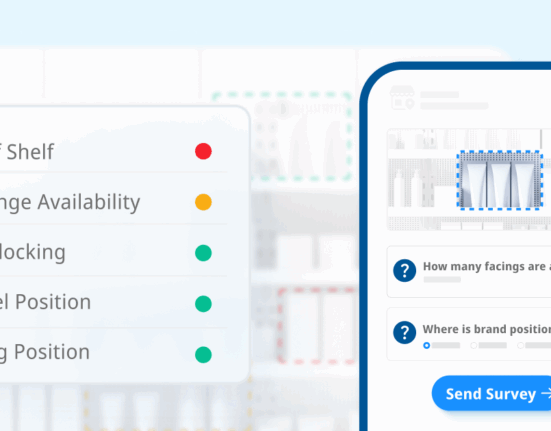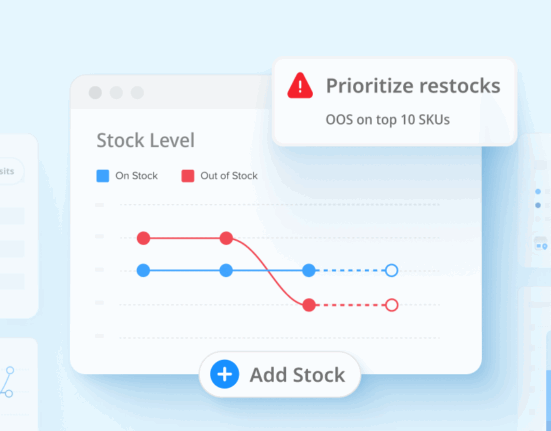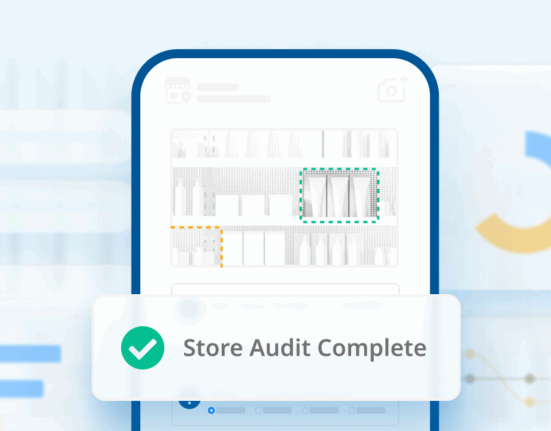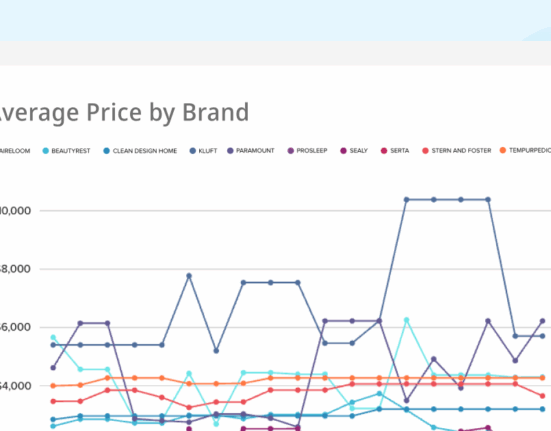In the dynamic world of retail, successful execution strategies require a fine balance between high-level planning at headquarters and on-the-ground actions at the store level. Understanding the distinct roles and integrating HQ retail execution with store-level operations is crucial for brands aiming to enhance in-store performance and achieve scalable growth.
This guide delves into the nuances of each level’s contributions and outlines how a cohesive approach can drive retail success.
Understanding HQ and Store-Level Retail Execution
HQ retail execution involves strategic planning and decision-making processes that set the framework for in-store activities. This includes:
- Marketing Initiatives: Designing campaigns that align with broader business goals.
- Promotion and Pricing Strategies: Determining the best tactics to attract customers and boost sales.
- Performance Monitoring: Analyzing data from various stores to assess the effectiveness of implemented strategies and making necessary adjustments.
At this level, decision-makers utilize data and insights to create policies that guide store-level execution. The goal is to ensure that every in-store activity reflects the brand’s overall objectives and market position.
Store-level execution, on the other hand, is focused on the individual field reps completing the tasks—merchandising, shelf execution, sales—required of them to meet the brand’s previously set performance metrics. In essence, field reps are expected to assist with translating HQ strategies into tangible customer experiences.
Their ability to adapt and respond to immediate store conditions can significantly influence overall performance.
Integrating HQ and Store-Level Efforts
To bridge the gap between strategic planning and tactical execution, brands must employ tools that facilitate seamless communication and real-time data sharing. Here’s how integrating these efforts can be achieved:
- Closed-Loop Communication Systems: Implementing Retail Execution Management (REM) solutions ensures that information flows effortlessly from HQ to field reps and back. This system helps minimize errors and delays in data transmission, which can be common in environments relying solely on emails and spreadsheets.
- Real-Time Monitoring and Feedback: Using retail execution software enables headquarters to track the performance of store-level initiatives or launch new ones in real-time with minimal administrative overhead. This immediate insight allows for on-the-fly adjustments and proactive management of any arising issues.
- Empowering Field Reps with Data: Equipping store-level reps with tools that provide access to sales metrics and store-specific insights helps them make informed decisions that better align with HQ’s strategic goals.
Why Modern Retail Execution Tools Are Essential
In today’s fast-paced retail environment, having a robust system to track retail execution at the store or HQ is more than just beneficial—it’s necessary. Wiser’s REM system exemplifies how technology can be leveraged to enhance communication, streamline processes, and ensure all parts of the business are aligned and accountable. This leads to:
- Improved In-Store Execution: By proactively identifying sales opportunities and equipping reps with more precise and targeted insights at their fingertips, brands can significantly improve their in-store success rates.
- Enhanced Efficiency: Streamlined workflows allow field reps to manage their tasks more effectively, leading to better utilization of time and resources.
- Greater Accountability: With detailed tracking and monitoring, HQ can ensure that its strategic objectives are met on the ground, maintaining control over the brand’s regional and national presence.
Conclusion
Balancing HQ and store-level retail execution is essential for brands that want to excel in the field and achieve scalable success. By employing comprehensive retail execution solutions like Wiser’s REM, companies can ensure that their strategic visions are effectively translated into actionable in-store realities, thus optimizing both customer satisfaction and business profitability.
This integrated approach not only enhances performance but also fosters a culture of continuous improvement and innovation in retail execution.









